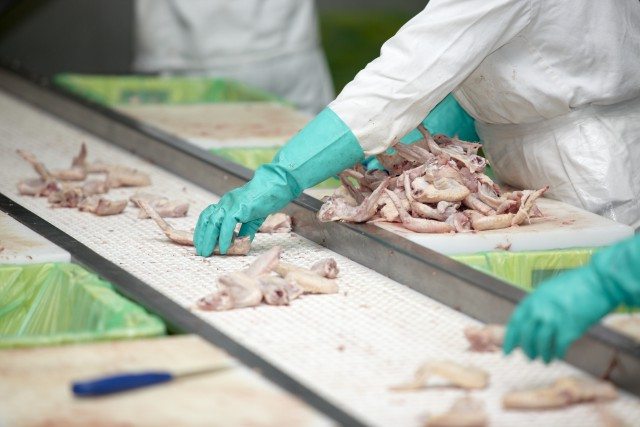Considerably fewer resistant extended-spectrum beta-lactamase (ESBL) bacteria were found in Danish and imported broiler meat in 2014 compared with the year before.
It is the second consecutive year that a fall in the occurrence of this type of bacteria has been registered in Danish broiler meat.
However in 2014 the efforts to combat ESBL in the European broiler production could also be detected in imported broiler meat.
These are some of the findings in the annual DANMAP report from Statens Serum Institut and the National Food Institute, Technical University of Denmark.
DANMAP is the Danish integrated antimicrobial resistance monitoring and research program.
ESBL bacteria are one of the fastest growing resistance problems worldwide.
The bacteria are resistant to the type of antimicrobials known as cephalosporins, which are often used to treat life-threatening infections in humans.
The annual DANMAP reports show the prevalence of resistant bacteria in humans, meat and animals.
According to the latest report ESBL bacteria have been found in 9% of the Danish broiler meat samples and 25% of the imported broiler meat samples in 2014.
This represents a significant decrease in the occurrence of ESBL in both Danish and imported broiler meat compared to previous years.
In 2011 and 2012 when the occurrence of ESBL was highest in Danish and imported broiler meat respectively, ESBL was detected in approximately half of the broiler meat samples.
ESBL passed down to Danish broilers
Danish poultry producers have not used cephalosporins to treat animals in the broiler production for more than 10 years.
“So when resistant ESBL bacteria are nonetheless found in Danish chickens, it is either because they survive in the production system or because they have entered production through imported parent animals of the chickens we eat today,” says associate professor Lars Bogø Jensen from the National Food Institute.
“ESBL bacteria can be passed down from generation to generation.”
“The fall in the occurrence of ESBL bacteria in both Danish and imported broiler meat in 2014 may partly be because of a voluntary discontinuation of the use of cephalosporins at the top of the breeding pyramid abroad.”
“This looks to have had a positive effect on the breeding animals that Danish producers import.”
Very few ESBL bacteria in pork and beef
The occurrence of ESBL bacteria in both Danish and imported pork and beef continues to be very low.
In 2014 ESBL was only found in one sample of Danish pork out of more than 550 samples of pork and beef that were tested.
Different ESBL types in meat and patients
A random sample of ESBL resistant coli bacteria from meat sold in Denmark shows that only in very few cases are they the same types as those which cause sepsis in Danish patients.
“It does not appear that broiler meat in Denmark is a significant source of sepsis caused by ESBL resistant bacteria,” says consultant Robert Skov from Statens Serum Institut.
Since 1995 the DANMAP program has monitored the use of antimicrobials in humans and animals in Denmark, and the occurrence of antimicrobial resistance in bacteria in animals, people and foods.
The organizations behind DANMAP are the National Food Institute, the National Veterinary Institute (both institutes are under the Technical University of Denmark) and Statens Serum Institute.
The DANMAP report is prepared by the National Food Institute and Statens Serum Institute.
Story by Miriam Meister from the Technical University of Denmark.










